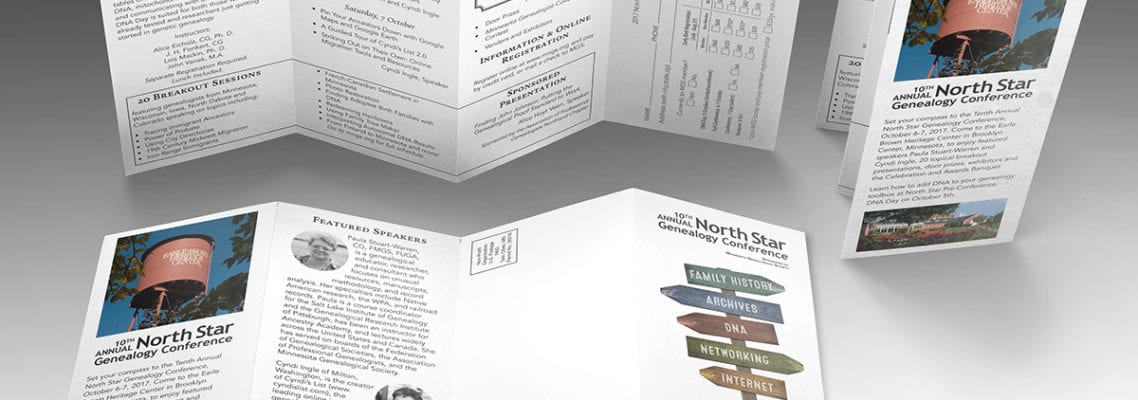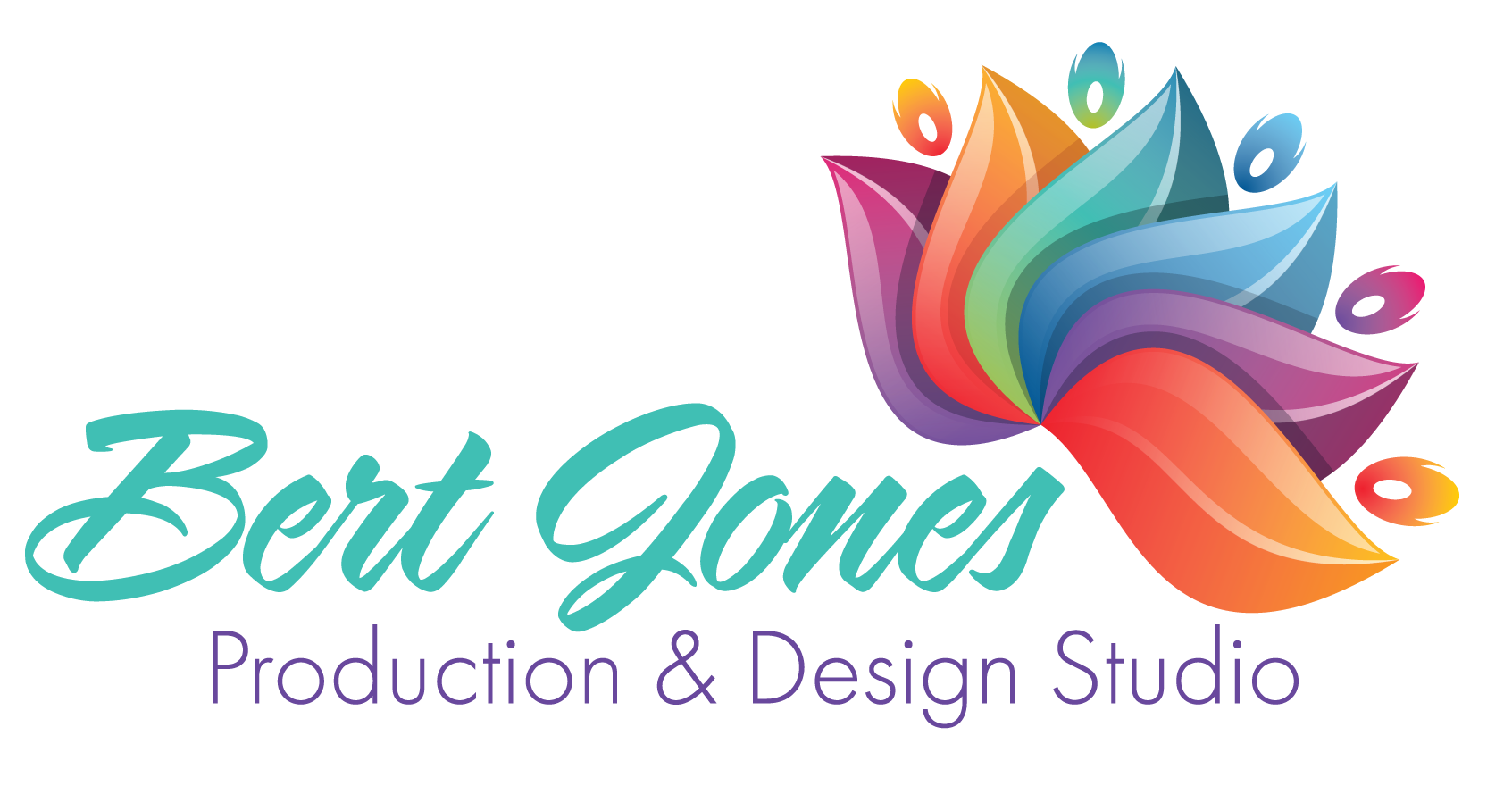Designing an Effective Brochure
March 25, 2022

To begin, you will need the following tools: a desktop publishing program, content for your brochure, and a printer for output. Other tools may be needed depending on what other items are needed in the brochure, such as possible photos. But this will get you started on your brochure design.
Content
The first item you must address is content. You need to determine what this brochure will do. Will it be a sales brochure, selling a service? Will it be a product brochure, informing customers about a certain product or products for sale? Will it be informational, contain information about an organization, a candidate running for a city office, or information about the benefits of washing vegetables before consuming them?
Whatever information your brochure will contain, you need to make sure that you have all relevant information for it ready, spell-checked, and accurate. Be careful that you do not give too much information; otherwise, your audience will not want to read the brochure. You want to give them enough information to have an understanding of the content, but you also want them to contact you for more information.
Audience
You also need to make sure you understand your audience. Who is this brochure for or trying to reach? Designing a brochure for a senior citizen retirement home, but using slang and design elements for teenagers won’t bring you the expected results. You need to make sure that your design will fit the audience it is trying to reach.
Brochure Design
Once you have those pieces of information ready, you can start to plan the design of your brochure. You will need to determine the budget, page size, color, typeface, use of photos, and organization of your text. Let’s look at these individually.
Budget
How much money have you allocated for the design and printing of your brochure? Will you create it in-house, or hire a design agency to create one for you? Will you have it printed in-house or through a print-house? How many will you print? Look back at your audience to help determine how many to print. For instance, if you’re making this to pass out at a trade show, and you know that roughly 5,000 people will be there, you will want to have 5,000 or more copies.
Size
Page size is important. You need to make sure that you have enough “real estate” for your content. Will this be a tri-fold brochure, utilizing a standard letter size piece of paper? Do you have a bit more information than what will fit on a letter-sized piece, and require a four-panel brochure on a legal-size piece of paper?
Colors
Colors play a huge role in what people will remember. Will your brochure be in color? Will you save money and print in black and white? Depending on your content, it may be more beneficial to have it in color. If you are making this brochure to sell a product, or to sell a home, you may wish to have it in color to accurately show the product or inside of the home. Also, keep in mind how you will have it printed. If you are saving money and utilizing a press, make sure you know how many links you are using. If you are only going with two spot colors, then you need to make sure you don’t use more colors than that
Typography
Next, you will want to determine the typeface(s) to use. Again, look back at your audience. If you are creating a piece for senior citizens, a clear large typeface should be used. If you’re creating something for a younger demographic, a fun typeface for subheads may need to be used. Always remember that your vital information should be in a clear, legible typeface.
Other Elements
Will your brochure have photos? Are photos even available for the content of the brochure? Do you need to hire a photographer to take still-shots of your product? If you are going to use photos, make sure they are crisp, clear, and relate to your information. Having a good design, with clear content and pixilated photos can ensure that your effort was not a waste.
Brochure Design Layout
Lastly, you will need to determine how to organize your content. What should go on the cover? What about the back cover? What about the inside of the brochure? Each item should be looked at on how the brochure will fold and be opened. Organize your content so that it reads like a book, from front to back.
Brochures can be confusing to create because they typically have two panels that open out. A helpful tip, take a piece of paper and fold it to the final size of your brochure. Write on each panel the headers or subheads of information. By doing this, you can then see how the brochure will appear to the audience. If it doesn’t quite make sense to you, move items around. This also saves you design time, as you will have a good idea of where to place everything on the page.
There are some things to keep in mind when you design your front and back cover panels. The cover should always have the title of the information within, perhaps the company name, slogan, logo, and an image. The back cover should have the contact information, and if it will be mailed out to your audience, space for addresses and postage. Remember that the Postal office has standards for mailing, so make sure your back panel is up to their standards.
Printing
Once you have your content in place, your headers set, your photos all placed and sized correctly, you have done a final spell check and everything is all set to go, then you are ready to have it printed. Make sure that you have your brochure sent to your printer’s specifications. You should always talk with your printer (if using a print house) during the initial setup stages of your brochure so that you know how they will need the file for printing.
Pulling all those items together can be challenging. But the final piece will give you the results you need, leave you feeling good that you have a solid piece of information to hand out, and will inform your audience of the information you need them to know.
